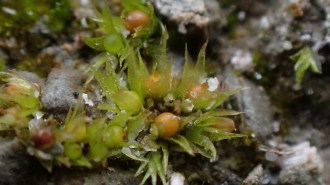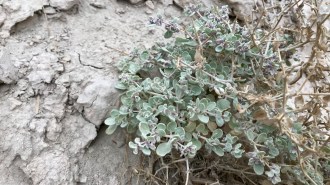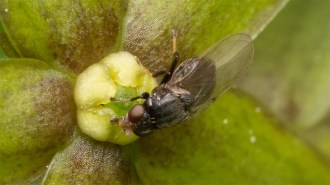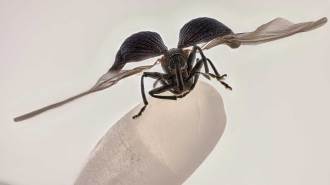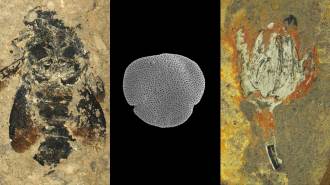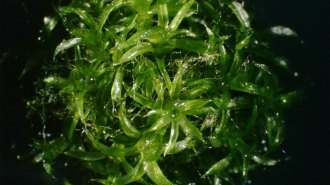Mustard plants launch an immunological response to bacteria much as animals do, researchers have found.

The laboratory mustard Arabidopsis thaliana reacts with a burst of nitric oxide when it encounters certain compounds from bacterial cells, says Jörg Durner of GSF-National Research Center for Environment and Health in Neuherberg, Germany. The trigger for nitric oxide synthesis also activates a battalion of defense genes in the mustard, Durner and his colleagues report in an upcoming Proceedings of the National Academy of Sciences.
“The nitric oxide is really a hallmark of vertebrate immunity,” says Durner. It both kills bacteria and initiates other defenses. The nitric oxide burst identified in mustard represents the strongest similarity found so far between plant and animal self-defense measures, he contends.
In the past few years, several similarities in defense systems have turned up in plants, insects, and vertebrates. The fine-tuned antibody system of mammals remains unique, but many organisms seem to share what’s known as innate immunity—ways of detecting potential dangers and responding with, for example, a barrage of anti-microbial chemicals. The wide distribution of components of innate immunity throughout the living realm suggests that they originated early in evolution, Durner says.
Scientists had predicted that plants, like animals, would detect danger by reacting to specific molecules that usually mean trouble. Previous research identified several examples. Earlier this year, scientists in Switzerland documented a defensive chemical cascade unleashed when some plants detect flagellin, a protein in the propulsive fibers of some bacteria. Other plants react to the insect polymer called chitin.
Durner and his colleagues tested another group of telltale molecules, the lipopolysaccharides from the cell surfaces of gram-negative bacteria. After the researchers exposed mustard-plant cells to extracts from 15 kinds of these bacteria, nitric oxide increased within as little as 2 minutes. By examining mutant strains of mustard, the researchers linked the response to one of the several genes that orchestrate the synthesis of nitric oxide.
Biologist Jeff Dangl of the University of North Carolina at Chapel Hill says that the work fills in details that fit well with long-standing predictions about plant versions of innate immunity.
The researchers also checked the mustard-plant tissues for activity of 700 genes already known to serve some defensive role. Bacterial preparations that stimulate nitric oxide synthesis boosted activity in many of these genes. Most of the genes that became active were located in the plant tissues directly exposed to the extracts, but some unexposed tissues reacted as if they had picked up a systemwide danger signal.
Dangl points out that the innate immunity response described so far isn’t enough to defend a plant against all the challenges that it might face. He says that evidence already exists for an additional layer of immune protection that targets threats against plants with more specificity than the innate system does. In the field of plant immunity, he says, “there are still really big questions.”
